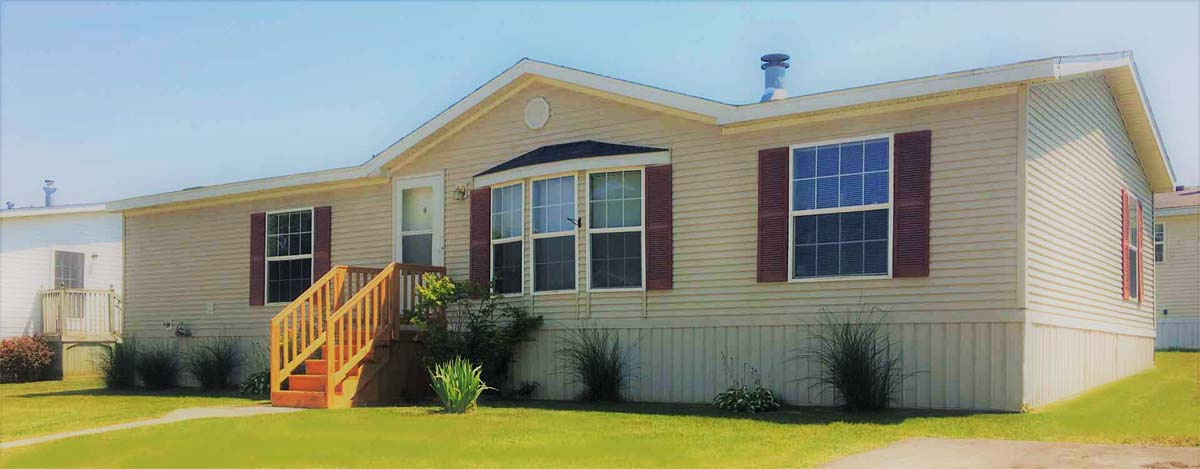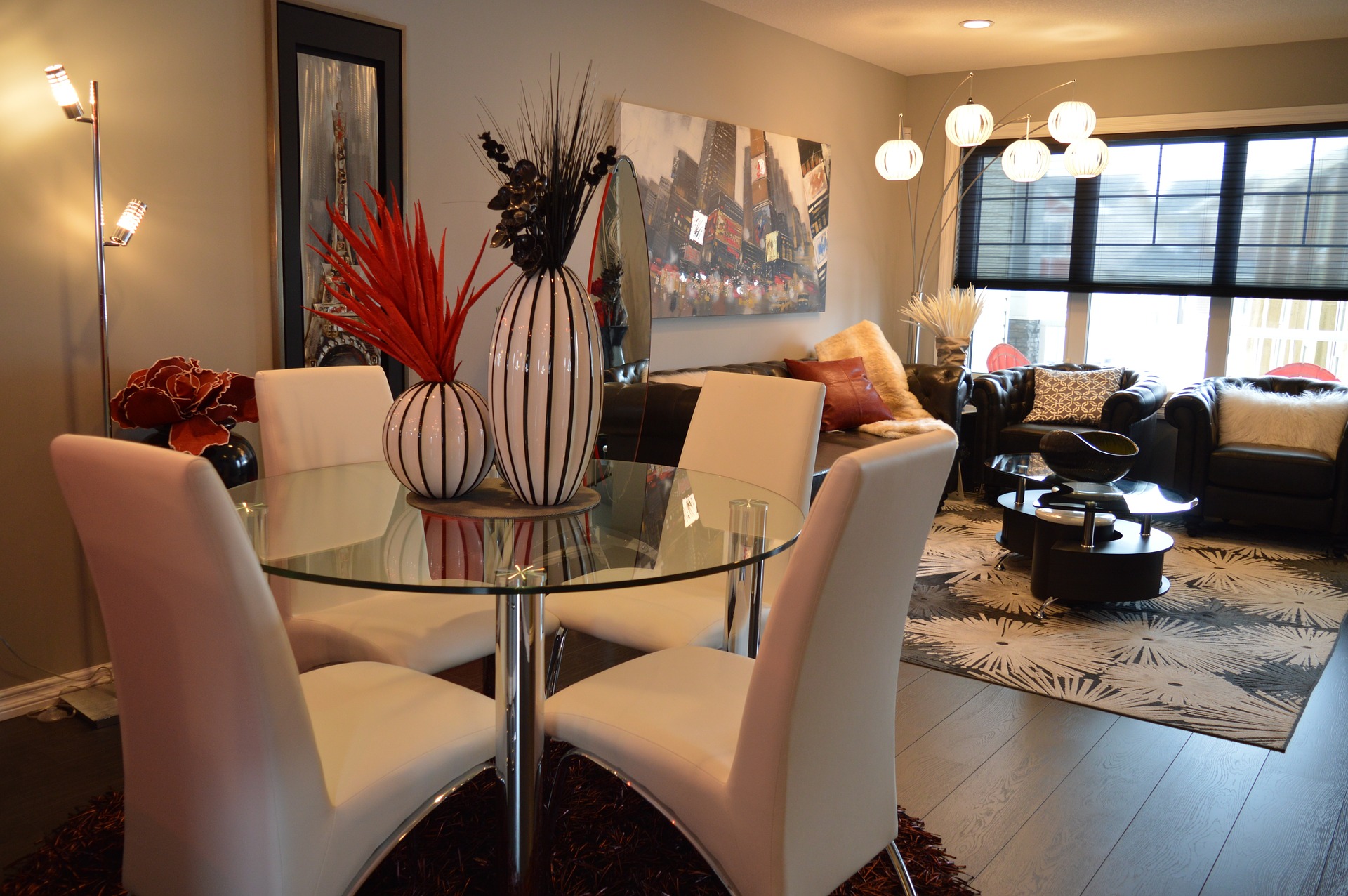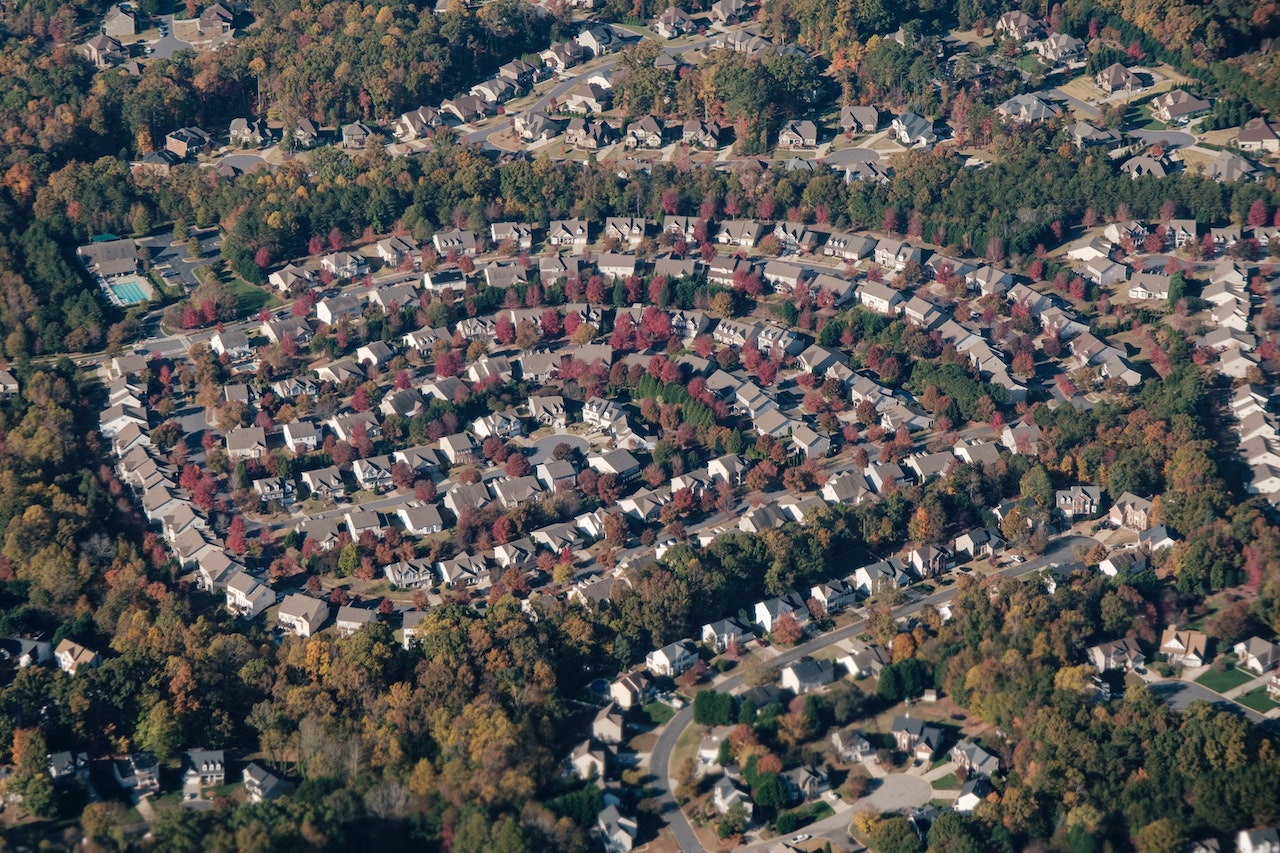Manufactured homes have come a long way to what they are today. The homes were initially referred to as a mobile home, but they have gradually taken a new form with now having better both durability and quality.
If you look around, you’ll come across several definitions of what a manufactured home is. It might even be difficult to determine the right and wrong definition.
However, most definitions point to a structure developed in a factory to conform to the ‘HUD’s Federal Manufactured Home Construction and Safety Regulations.’ They have a non-removable chassis to be transported, in at least one section, to the final location.
Here, they’ll be located and employed for permanent housing. In this article, we are going to look at HUD codes for manufactured homes.
HUD Code For Manufactured Homes
Even before we focus on the HUD code for manufactured homes, let’s remind ourselves about the history, so we can better understand the present.
The History of Manufactured Home Construction and Safety Guidelines
These homes have been in existence since 1964. At the time, a structure was shipped from London to Massachusetts and reassembled.
Before that, there were mobile homes that were developed in the 1920s for vacation purposes. They were placed in ideal locations to allow people to enjoy themselves.
It was even more notable after World War II, when large trailers began providing affordable housing units for veterans and their families. The demand grew, and there was a need for larger trailers with added convenience.
Apart from just being mobile, these homes could now be set on a permanent foundation. Even though some of these homes were durable, others had no safety features resulting from poor workmanship.
In 1976, the ‘National Manufactured Housing Construction and Safety Standards Act’ was formulated to correct this issue. The home construction and safety standards set out specific guidelines that every mobile home had to meet.
Differences Between Manufactured and Site-Built Home Guidelines
The biggest difference between manufactured and traditional site-built houses is that site-built and modular homes adhere to the International Residential Code (IRC) standards, while manufactured homes follow the building regulations formulated by the ‘U.S. Department of Housing and Urban Development (HUD).’

You might be asking what the HUD standard involves and how different it is from the IRC standards. Well, it’s important to understand that all mobile homes in the U.S. have been developed using HUD standards since June 1976.
The HUD standards override any other local building codes since it’s a national building standard. This means that every county and state must comply with the ‘U.S. Department of Housing and Urban Development Standards,’ even if they disagree with local building guidelines.
Differences Between HUD Standards and IRC Standards
Once HUD approves a house, state or local authorities can’t force the home to comply with their regulations if they conflict with HUD standards. However, for homes developed with IRC standards, the local and state building regulations have to be complied with.
One major difference between IRC standards and HUD standards, for manufactured housing, is that the HUD standards require that mobile homes be developed with a permanent chassis.
The chassis assists with transporting the home to its final site location. However, homes developed under IRC standards are fixed on a permanent foundation, thus they don’t have a chassis.
The ‘U.S. Department of Housing and Urban Development Standards’ also outline things such as the minimum square footage for each bedroom, the minimum size of a manufactured home, the number of outside doors that a house must-have, the height of the ceiling, and the number of windows on the house. The standard also has different safety requirements, which were developed to keep the mobile homes safer, even during a fire.
‘U.S. Department of Housing and Urban Development Zones’
Even though HUD regulations represent a national standard, manufactured housing is still designed to meet specific standards unique to the areas where the house is built. The standards have, therefore, categorized the country into roof load zones, thermal zones, and wind zones.
Manufactured housing units have to meet these standards concerning their location and area. For instance, manufactured housing units in areas that experience heavy snowfall during winter must have roofs that can withstand heavier weight. In addition, houses in the coastal region must be developed to withstand a higher wind speed.
Homes built under the HUD standards are less expensive, faster to build and get approved quicker than those developed under IRC regulations.
However, don’t confuse the faster rate of approval and construction with poor workmanship or low quality of housing. HUD standards are very strict and effective, and they provide you with the best living conditions for your family.
Specifications
As per the HUD standards, a manufactured home must be at least 400 square feet. The homes should be developed with ceilings, in bathrooms and habitable rooms, of at least 7 feet. The height of ceilings in storage areas and hallways must be at least 6 feet and 6 inches.
A mobile home must be developed with at least two outside spaces at 12 feet for a single wide unit and 20 feet for double wide units.
If a bedroom is meant for a single person, it must be developed with a floor space of at least 50 square feet. Those developed for two people must have at least 70 square feet, and each bedroom must be designed with a window from the outside.
Bathrooms and kitchens must be designed with a mechanical ventilation system.
Final Verdict
HUD standards and regulations for manufactured housing are some of the best in the real estate industry. They ensure that any mobile home is developed to comply with quality and safety standards.
It might include having fire alarms in rooms, good electrical wiring practices, and regulated heating. If you want to set up a manufactured home, you must follow these standards effectively. If you buy a home, ensure that it complies with the standards.










